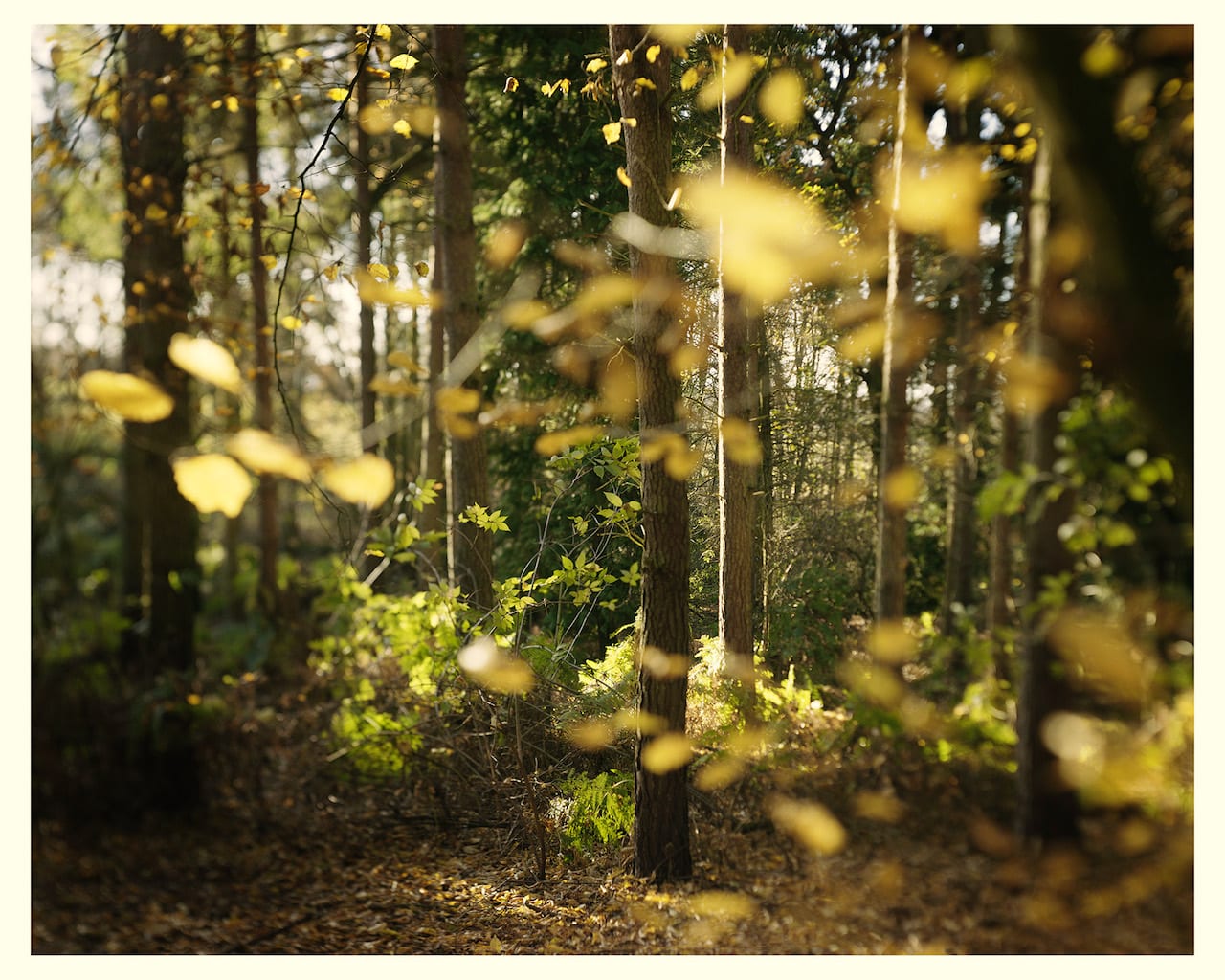Kathlene Fox-Davies and Anna Kirrage first met when they worked together at a Mayfair gallery. Eight years later, they’ve set up their own outfit – Black Box Projects. “We always attended art events together, so we retained a continual dialogue about the art market and our respective interests,” Kirrage tells BJP. “We have always worked in small businesses where there wasn’t necessarily room for growth, so the obvious step was to start out on our own.”
Fox-Davies is a photography specialist with over a decade of experience in galleries such as Michael Hoppen, Hasted Hunt and ATLAS, while Kirrage’s experience is in managing art organisations’ PR and strategy. Drawing on their complementary skills, they’ve decided to break the traditional gallery mould and will run Black Box Projects as a series of pop-up installations, rather than opening a permanent space.
“Starting something new meant that we could approach the old gallery model in a new way,” says Fox-Davies. “We hope that within our pop-up model we’ll be offering exciting and engaging exhibitions for our artists, in varying types of exhibition spaces.”
“Arranging exhibitions on a pop-up basis allows us to create a distinctive and engaging experience for our artists and collectors alike,” she adds. “We encourage interaction and communication between our artists and collectors and want to create a sense of community around the Black Box Projects programme.
“We also see opportunity in not being tied to a brick-and-mortar gallery space as it will give us the flexibility to go to our clients when needed, host exhibitions and events around the UK and internationally, and hopefully bring our artists and Black Box Projects to a much wider audience.”


Black Box Projects is launching in March with a show in Soho, central London featuring works by Steve MacLeod and Liz Nielsen. In May Black Box Projects will exhibit Macleod’s latest series, Hala, at Photo London, and in October it will present a solo show by Nielsen.
“Liz and Steve have very different motivations and ways of approaching their artistic practices,” say the founders. “We aim to to work with artists who push the limits of traditional photographic practice and we see Steve and Liz as artists who continually challenge these conventions to great success.”
Self-styled as a ‘camera-less photographer’, Nielsen works in the analogue colour darkroom to create images using various light sources – from an enlarger to her cell phone. “I was always drawn to light when I was working with a camera,” she says. “I would ask myself: what makes a good photograph? what draws me to an image and keeps me interested in it? I realised that my own answer to these questions invariably came back to light.”
Nielsen changes her process every time, making each photograph unique, but she draws inspiration from the everyday. “For me, the sidewalk is full of art,” she says, “paintings without borders or paintings waiting to be found and re-contextualised.”
Photographing the found shapes, Nielsen makes drawings in her sketchbook and from there, begins to build her negatives. “My negatives are a bit like flat sculptures,” she observes. “They are large and sit on top of the paper in the darkroom. They have moveable parts and I can pour light into these parts.”

Formerly an engineer in the nuclear industry and on offshore oil platforms, Steve MacLeod eventually quit and went to art college in Aberdeen. “My early work was documentary-based and soon gravitated towards industrial advertising,” he says. “Over time I wanted to bring painterly qualities into my practice, which had become very clinical, so I abandoned the lucrative commercial work in favour of my own Pictorialist sensibility,” he explains.
“Painting is very much at the heart of my inspiration and work. My desire is to convey a feeling or emotion, something that I respond to over time. I have a clinical bipolar condition, which I openly talk about and I use my practice to support how I feel and to open up the conversation about mental health,” says MacLeod, who is also a contributor to the Hospital Rooms Project (hospital-rooms.com) and is a Master Printer and Director at Metro Imaging in London.
“The themes that run through my work are quite eclectic,” he says. “My project Li+ is about my relationship with the stabilising drug Lithium and how it affects my behaviour; NIL is about abandoned rural communities in the Highlands of Scotland after World War One and Aeld is about suicide and an imagined afterlife based on Saxon myth structures.”
MacLeod works with a large format camera which helps him tap into a slower sense of time, and allows him to reflect on the location. “I am not interested in the topographical nor didactic documenting of landscape. I want to convey a feeling of being there, present in the environment,” he says.
MacLeod also uses pre-1950s uncoated lenses which are prone to aberration. “I enjoy this element of chance, risk and failure as the act of taking photographs is actually quite boring,” he explains.
He first met Fox-Davies when she worked as an art buyer and curator, and says he jumped at the opportunity when she and Kirrage approached him with the Black Box Projects proposal. “Their vision and forward-thinking approach is refreshing,” he says. “They challenge me as an artist in a way that I haven’t experienced before with a gallery.”
Black Box Projects launches on 6 March at 15 Bateman Street, London W1D 3AQ, with exhibitions by Liz Nielsen and Steve Macleod running until 10 March. BBP is hosting a solo exhibition of MacLeod’s new work at Photo London www.blackboxprojects.art








